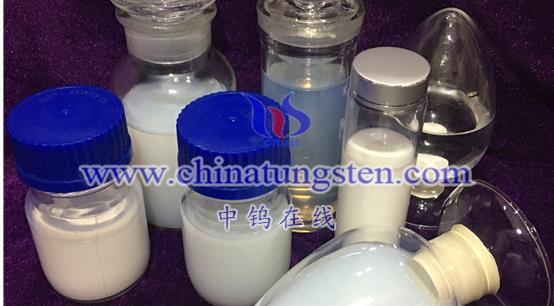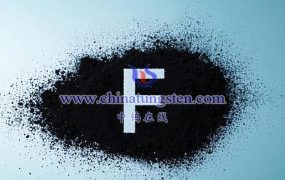
The localized surface plasmon resonance (LSPR) effect of cesium tungsten bronze (CsxWO3) nanoparticles is a key mechanism underlying their unique properties in the fields of optoelectronics and thermal insulation. Below is a detailed explanation of this phenomenon:
- Definition and Principle
Localized surface plasmon resonance (LSPR) occurs when light illuminates the surface of metal nanoparticles, and the frequency of the incident light matches the collective oscillation frequency of free electrons on the nanoparticle surface. This resonance leads to strong light absorption at that frequency. Since the phenomenon is confined to the local region of the nanoparticles, it is termed localized surface plasmon resonance.
- Unique Properties of Cesium Tungsten Bronze Nanoparticles
Cesium tungsten bronze nanoparticles exhibit a strong LSPR effect in the near-infrared (NIR) region due to their distinctive physical and chemical properties:
- Non-Stoichiometric Ratio and Unique Structure:
Cesium tungsten bronze is a non-stoichiometric compound with an oxygen-octahedral structure. Cesium ions integrate into the tungsten trioxide (WO3) lattice, creating oxygen vacancies and a high density of free carriers (electrons and holes). - High Free Carrier Concentration:
The doping of cesium significantly increases the concentration of free carriers in CsxWO3 nanoparticles. These free carriers readily undergo collective oscillations under an electromagnetic field, enhancing the LSPR effect. - Nanoscale Effects:
The size of nanoparticles is much smaller than the wavelength of incident light, confining electron oscillations around the nanoparticle and inducing localized plasmon resonance. Additionally, the nanoscale effect enables selective optical transmittance—high transparency in the visible light range and strong absorption in the near-infrared range.
- Applications and Impacts
Applications:
- Thermal Insulation Materials:
The strong near-infrared absorption of CsxWO3 nanoparticles due to the LSPR effect makes them ideal for transparent heat-insulating coatings and films. These materials are widely used in construction and automotive industries, reducing indoor or cabin temperatures and improving energy efficiency. - Optoelectronic Display Devices:
Nanoparticles in CsxWO3 colloids can serve as key materials in optoelectronic display devices, enhancing display performance. By adjusting parameters such as nanoparticle concentration and distribution, precise control and modulation of light signals can be achieved. - Optical Sensors:
CsxWO3 colloids hold potential in optical sensor applications. Their superior near-infrared absorption properties enable sensors to detect and convert light signals with high accuracy.
Influencing Factors:
- Nanoparticle Size and Shape:
The size and shape of nanoparticles significantly affect the frequency and intensity of LSPR. Controlling the synthesis conditions allows precise tuning of these parameters. - Dielectric Constant of the Surrounding Environment:
The dielectric constant of the medium around nanoparticles also influences the LSPR effect. For practical applications, selecting suitable dielectric materials is crucial based on specific scenarios.
In summary, the LSPR effect of cesium tungsten bronze nanoparticles is a vital source of their exceptional properties. By further studying the principles and mechanisms of this effect, researchers can expand the applications of CsxWO3 nanomaterials in optoelectronics, thermal insulation, and beyond.
More details of tungsten oxide product, please visit website: tungsten-oxide.com
Please contact CHINATUNGSTEN for inquiry and order of tungsten oxide:
Email: sales@chinatungsten.com
Tel.: 86 592 5129595






